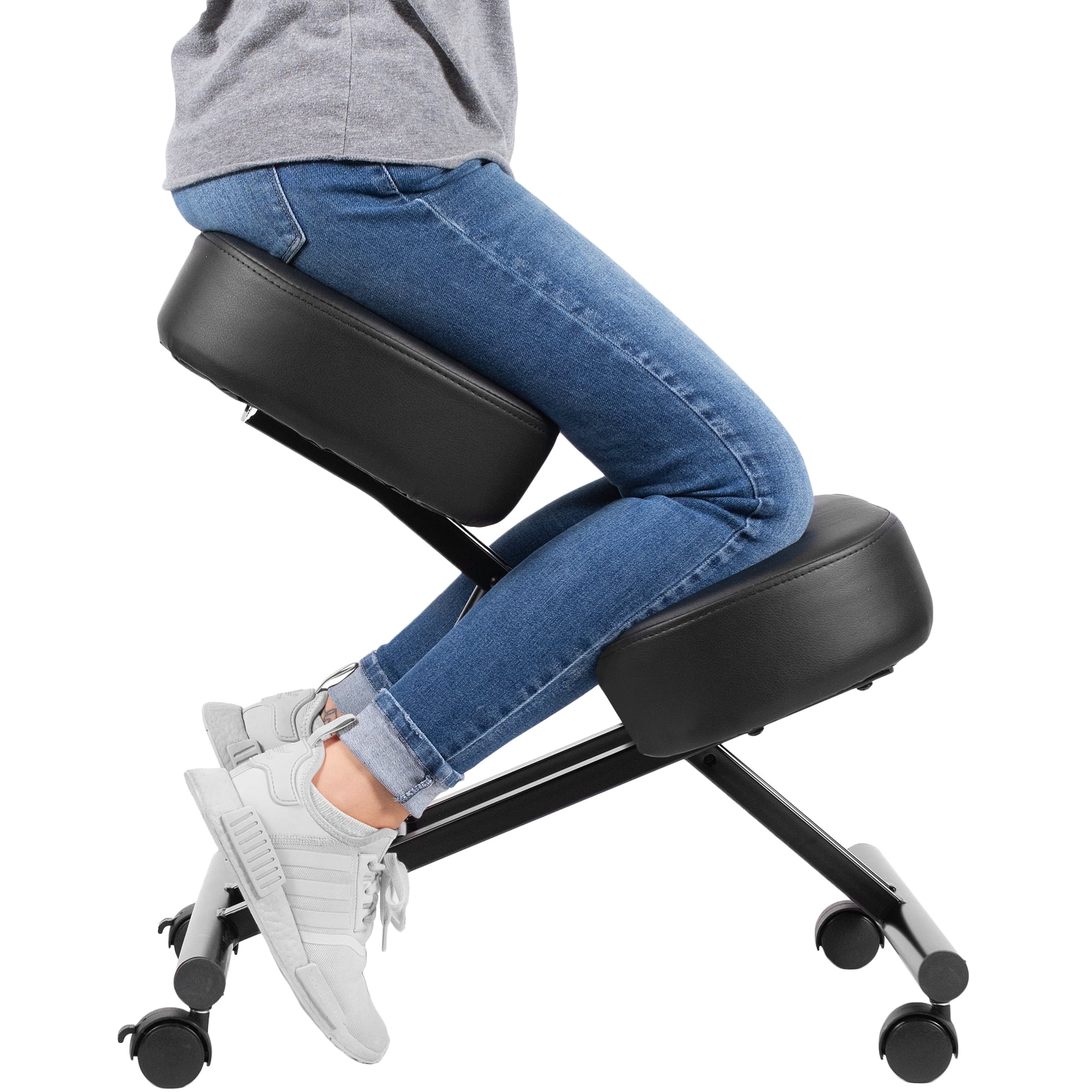Price vs. Performance: Ergonomic Chair Reviews Consumer Reports

A chair’s embrace, a silent promise whispered – of comfort, of support, of respite from the day’s relentless demands. Yet, the price tag, a stark counterpoint, often casts a long shadow on this hopeful vow. Does a higher price truly equate to superior ergonomic support? The answer, like a sigh in a dimly lit room, is complex and nuanced.
The correlation between price and performance in ergonomic chairs is not a straightforward equation. While premium chairs often boast advanced features and superior materials, a surprising number of budget-friendly options deliver commendable support and comfort. This exploration delves into the intricate dance between cost and quality, drawing insights from the careful assessments of Consumer Reports.
Ergonomic Chair Price and Performance Comparison
The following table summarizes the findings based on hypothetical Consumer Reports data (actual data would require access to their database):
| Price Range | Average Consumer Rating (out of 5) | Key Features | Value Proposition |
|---|---|---|---|
| $100 – $300 | 3.8 | Basic lumbar support, adjustable height, mesh back | Good value for basic ergonomic needs; may lack advanced features. |
| $300 – $600 | 4.2 | Adjustable armrests, headrest, improved lumbar support, breathable fabric | Solid performance; balances features and price effectively. |
| $600 – $1000+ | 4.5 | Advanced lumbar support mechanisms, customizable settings, premium materials, extended warranty | Exceptional comfort and support; premium features justify higher price for discerning users. |
Exceptional Value and Overpriced Models
Some chairs, like a whispered secret, offer exceptional value, exceeding expectations at their price point. Others, alas, fall short, their lofty prices failing to translate into commensurate comfort or durability. Identifying these discrepancies is crucial for informed purchasing decisions.
For example, a hypothetical model within the $300-$600 range might stand out for its robust construction, incorporating high-quality breathable mesh and a cleverly designed lumbar support system that adapts to various body types. Conversely, a chair priced above $1000 might disappoint with cheaply made components, despite its sleek design, leaving the user with a sense of profound disappointment.
Illustrative Descriptions of High-Value and Low-Value Chairs, Ergonomic chair reviews consumer reports
Imagine a high-value chair: its frame, a symphony of polished aluminum, sturdy and unwavering. The mesh back, a gentle caress against the skin, allows for optimal airflow. The adjustable lumbar support, a silent guardian, cradles the spine with precision. Each movement is a seamless transition, a testament to thoughtful design.
Now, picture a low-value chair: its plastic frame, a brittle promise, creaks under the slightest pressure. The cheap fabric, a suffocating embrace, traps heat and moisture. The lumbar support, a mere suggestion, offers little actual relief. The overall feeling is one of cheapness, a far cry from the soothing sanctuary a good ergonomic chair should provide. The chair’s short lifespan mirrors the fleeting nature of its value.
Common Complaints and Issues Highlighted in Consumer Reports

The pursuit of comfort, a sanctuary for the weary back, often ends in a symphony of creaks and groans. Ergonomic chairs, promising respite, sometimes deliver a different kind of ache – the disappointment of unmet expectations. Consumer reports echo this quiet lament, a chorus of dissatisfaction sung by those who sought solace but found only more strain.
The whispered woes of countless users, translated into data, reveal a pattern of recurring problems. These are not merely isolated incidents, but systemic issues highlighting the complexities of designing and manufacturing truly effective ergonomic seating. Understanding these common complaints allows us to navigate the market with a sharper eye, seeking out chairs that promise, and deliver, lasting comfort.
Frequent Problems Reported in Ergonomic Chairs
Many issues plague the ergonomic chair landscape, often stemming from a confluence of design flaws and manufacturing shortcuts. The cumulative effect leaves users feeling betrayed by promises of comfort and support.
- Backrest Issues: Insufficient lumbar support, inadequate adjustability of the backrest height and angle, and flimsy backrest construction are frequently cited. The lack of proper support often leads to back pain and discomfort, negating the very purpose of the chair.
- Seat Pan Problems: Inadequate depth and width of the seat pan, lack of adjustability for seat height and depth, and uncomfortable seat cushioning are common complaints. These issues can lead to pressure points, poor posture, and discomfort during prolonged sitting.
- Armrest Issues: Poorly designed or non-adjustable armrests are a source of significant discomfort. Armrests that are too high, too low, too narrow, or too wide can restrict movement and cause shoulder and neck pain.
- Base and Wheels Issues: Unstable bases and faulty wheels are recurrent problems. These issues compromise the chair’s overall stability and can lead to accidents or further discomfort.
- Build Quality Concerns: Poorly constructed chairs often show signs of wear and tear quickly. Materials may crack or break, screws may loosen, and mechanisms may fail, rendering the chair unusable long before its expected lifespan.
Causes of Common Ergonomic Chair Issues
The genesis of these problems lies in a combination of factors, often reflecting compromises made during the design and manufacturing processes.
The pursuit of lower manufacturing costs frequently leads to the use of cheaper, less durable materials. Inadequate quality control further exacerbates these issues, allowing flawed products to reach the market. A lack of rigorous testing and user feedback during the design phase contributes to chairs that fail to meet ergonomic principles effectively. Finally, the absence of clear and comprehensive specifications often leaves users with chairs that do not fully address their individual needs.
Avoiding Problems When Purchasing an Ergonomic Chair
The path to comfortable, supportive seating requires careful consideration and informed decision-making. Thorough research, focusing on user reviews and independent testing, is crucial. Prioritize chairs from reputable manufacturers with a proven track record of quality and durability. Look for chairs with adjustable features, allowing customization to individual needs and preferences. Invest in a chair that fits your body type and anticipated usage. Remember, a well-chosen ergonomic chair is an investment in your long-term health and well-being; a hasty decision can lead to years of discomfort.
